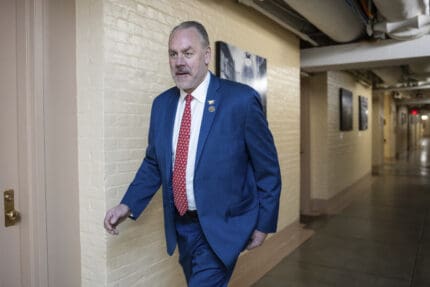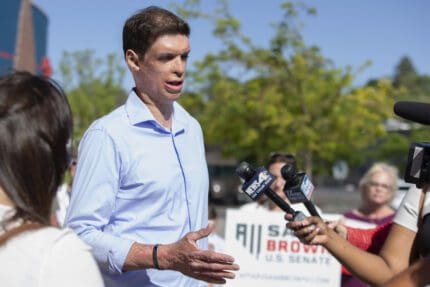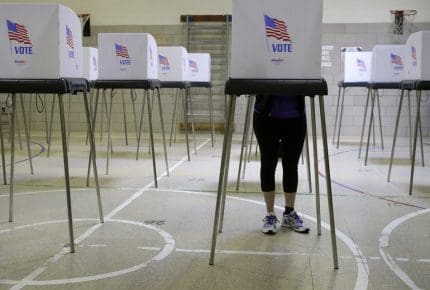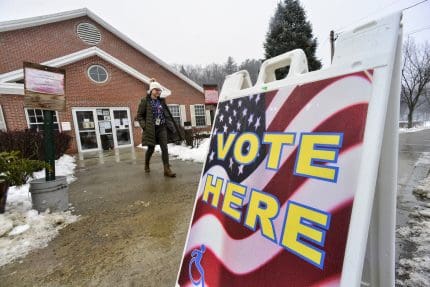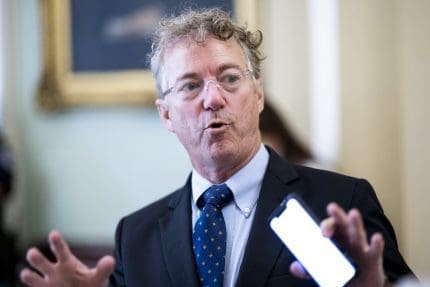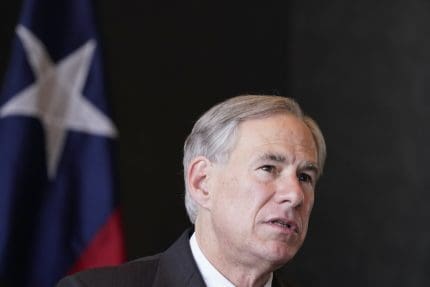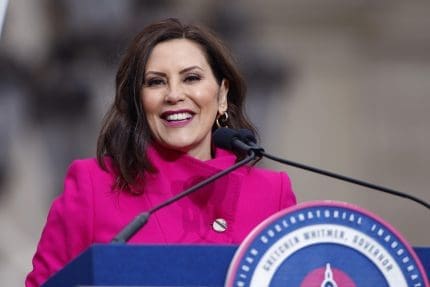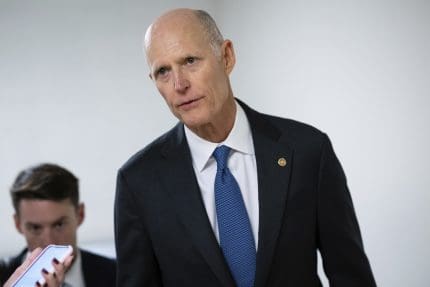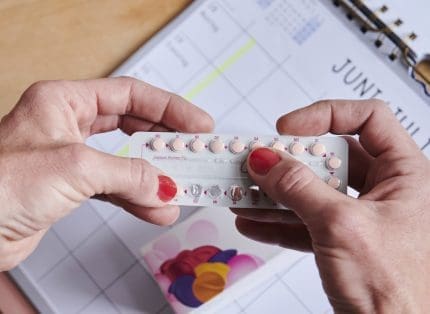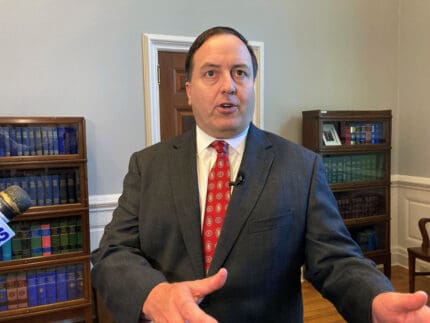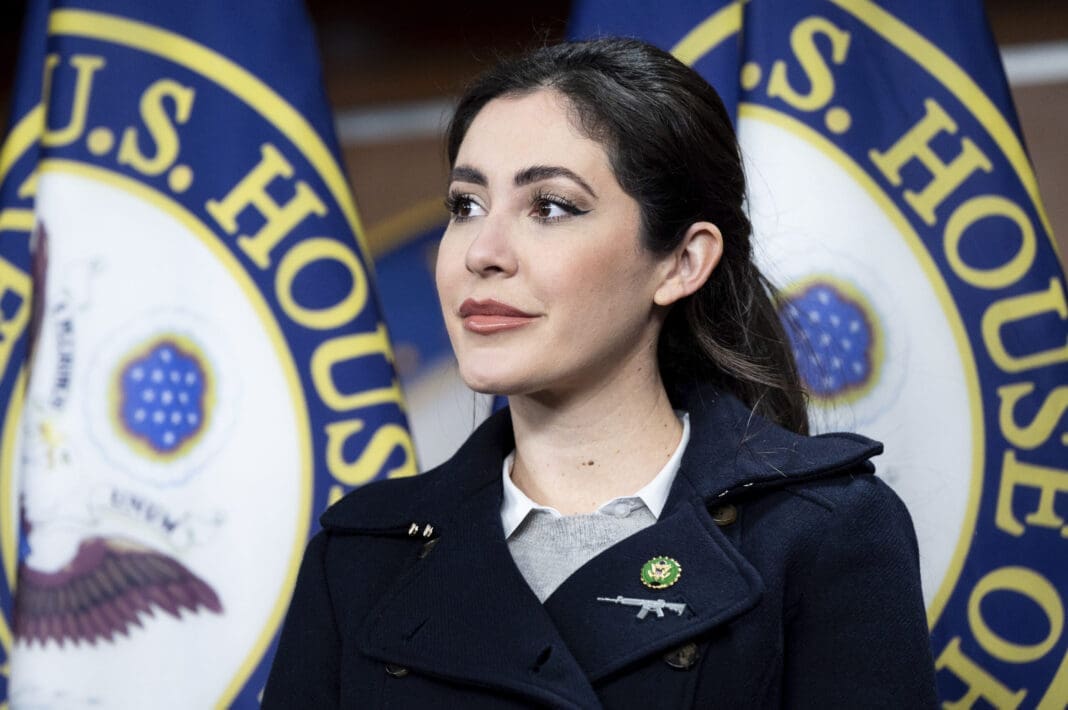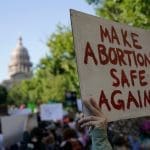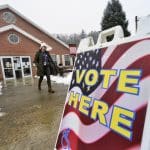The Biden administration's efforts to address food insecurity will help LGBTQ people
The Supplemental Nutritional Assistance Program has been updated for the first time in years, giving recipients 27% more than before the pandemic.

The Biden administration on Monday announced the biggest increase in Supplemental Nutritional Assistance Program (SNAP) benefits, commonly known as food stamps, in the program’s history.
The change is likely to benefit many LGBTQ people, who experience poverty at higher rates than non-LGBTQ people and have been particularly vulnerable during the pandemic.
Beginning in October, the average monthly benefits SNAP recipients receive will be about 27% higher than prior to the pandemic. The news follows a spike in the number of people enrolled in the program, which rose 15% between February 2020 and April 2021.
This increase in benefits is the result of the 2018 Farm Bill, which tasked the Agriculture Department with modernizing the plan by 2022, as well as Biden’s executive order, signed a couple days into his presidency, that directed the federal government to provide economic relief to families during the pandemic and the department to look at improvements to nutrition assistance programs.
This permanent change also comes as the Biden administration anticipates the end of a temporary 15% increase in benefits SNAP recipients received as a result of the pandemic. It expires in September.
The Agriculture Department eventually reevaluated the Thrifty Food Plan, which is used to figure out maximum SNAP benefits, and decided it needed significant updates. That resulted in an increase of $36 from an average monthly benefit of $121 for each person to $157 per person, an administration official told Politico.
“Recent evidence consistently shows that benefit levels are too low to provide for a realistic, healthy diet, even with households contributing their own funds toward groceries,” the department said in its announcement on Monday.
The Thrifty Food Plan underwent its last update in 2006. According to the agency, this is the first time that the purchasing power of the plan has risen since 1975.
LGBTQ people may benefit from the new plan. The community has been hit particularly hard by the economic ramifications of the pandemic, and were already at an increased likelihood of experiencing poverty and other financial challenges prior to the outbreak.
According to a 2019 estimate from the Williams Institute out of the University of California, Los Angeles, 22% of LGBTQ people live in poverty compared to 16% of cisgender straight people. Twenty-nine percent of transgender people said they lived in poverty.
To be eligible for SNAP benefits, gross monthly income must be at or below 130% of the federal poverty line. The program also considers net income and household assets when making eligibility determinations.
The Census Bureau’s Household Pulse Aug. 11 survey found that 13.1% of LGBTQ adults lived in a household experiencing food insecurity in the past seven days. By contrast, 7.2% of non-LGBTQ adults said the same.
LGBTQ people generally receive SNAP benefits at higher rates than non-LGBTQ people as well, a 2017 survey by the Center for American Progress found.
The survey found that LGBTQ people were receiving getting SNAP benefits at more than twice the rate of non-LGBTQ people. LGBTQ people of color accessed it at even higher rates, with 28% receiving SNAP benefits compared to 19.2% of white LGBTQ people.
The survey authors partially attributed those figures to to SNAP’s LGBTQ-friendly rules.
“SNAP may serve as a particularly helpful resource to the LGBTQ community because of the program’s broad definition of a household,” the authors explained. “For eligibility purposes, SNAP defines a household as any person or group of people who buy and prepare food together, and that broader definition likely fosters more inclusion of LGBTQ people, many of whom have chosen family — people with whom they have close bonds that are similar to the bonds traditionally associated with relationships based on blood or legal ties, such as marriage or adoption — that do not fit traditional family structures.”
The pandemic has made things worse for already vulnerable LGBTQ people.
“A lot of the disparities and economic security that we’re talking about obviously pre-date the pandemic but the pandemic has also really exacerbated a lot of these insecurities,” said Caroline Medina, policy analyst for the LGBTQ research and communications project at the Center for American Progress.
In 2020, the Human Rights Campaign released a report that revealed LGBTQ people were more likely to work in industries particularly affected by the pandemic, such as retail, restaurant and food services, and hospitals. The economic impact on LGBTQ people of color was particularly stark: 22% said they were unemployed and 14% had requested rent relief as a result of the pandemic.
Medina added that all levels of government needed to ensure social programs like SNAP were therefore free onerous of work requirements to receive aid.
Published with permission of The American Independent Foundation.
Recommended

Biden calls for expanded child tax credit, taxes on wealthy in $7.2 trillion budget plan
President Joe Biden released his budget request for the upcoming fiscal year Monday, calling on Congress to stick to the spending agreement brokered last year and to revamp tax laws so that the “wealthy pay their fair share.”
By Jennifer Shutt, States Newsroom - March 11, 2024
December jobs report: Wages up, hiring steady as job market ends year strong
Friday’s jobs data showed a strong, resilient U.S. labor market with wages outpacing inflation — welcome news for Americans hoping to have more purchasing power in 2024.
By Casey Quinlan - January 05, 2024
Biden’s infrastructure law is boosting Nevada’s economy. Sam Brown opposed it.
The Nevada Republican U.S. Senate hopeful also spoke out against a rail project projected to create thousands of union jobs
By Jesse Valentine - November 15, 2023

















